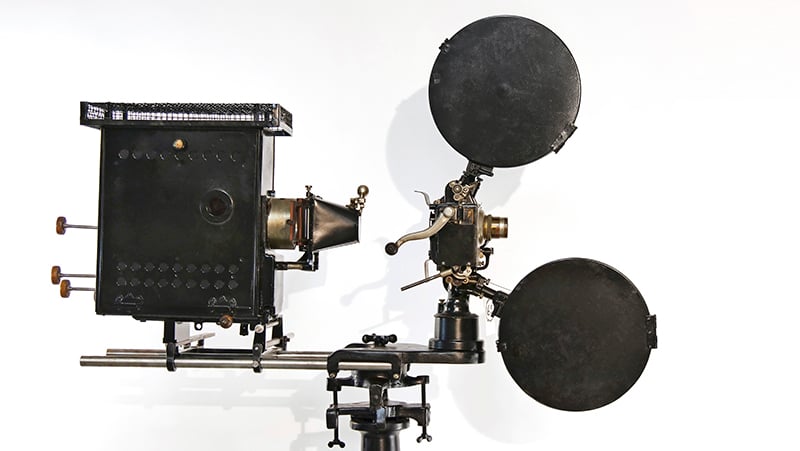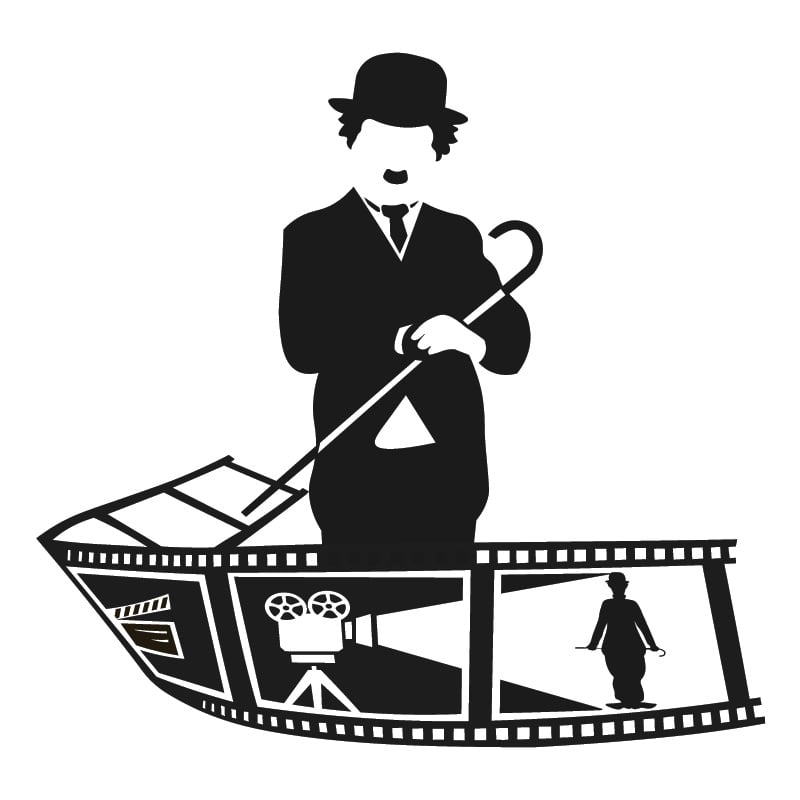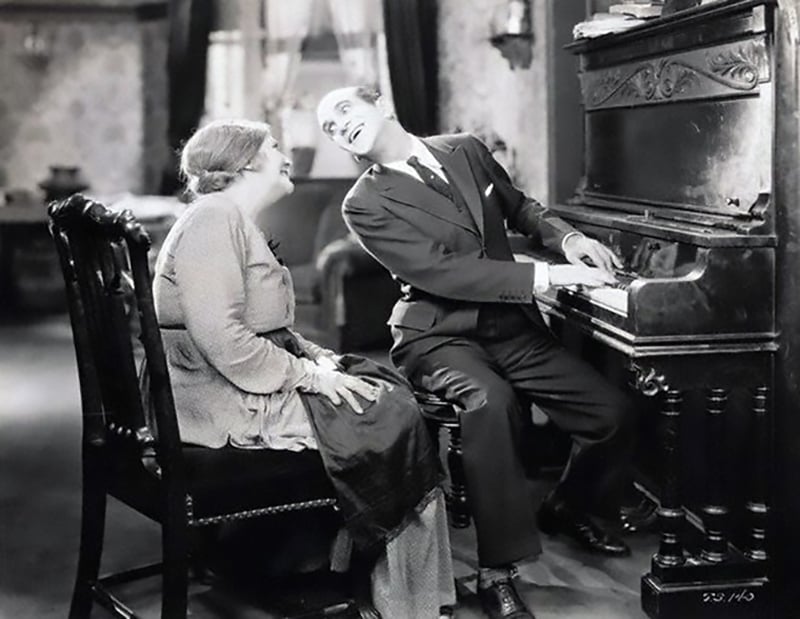The first great cinematic boom didn’t take place in Hollywood or even in California. It actually happened in New Jersey. The first films were rudimentary affairs, but the story of cinema is a story of rapid technological advances. The latest Marvel movie may not seem to have much in common with a nickelodeon, but the people in theater seats waiting to be entertained throughout the decades have been proof that no matter what level of filmmaking sophistication is currently available, audiences love looking at a story told as a flickering image projected on a screen.
The Pioneer Era
The first era of moviemaking lasted from 1895 to 1910. Incredible leaps in filming techniques were made during this time. The first narrated film was released in 1905 and was a story about a visit to the moon that lasted about five minutes. It was very different from the silent newsreels and recordings of stage plays that predominated until Georges Méliès released his tale of the moon. Méliès also invented several rudimentary special effect techniques that other filmmakers rushed to follow.

The Silent Era
Filmmakers started organizing into movie studios to make silent films that were popular not only in the United States but also in Europe. Film editing started to become a major element of filmmaking during this time. The films also told a cohesive story, and genres like comedies, westerns, romances, and historical sagas became very popular. The first international movie stars emerged during this period. Two notable stars were Charlie Chaplin and Mary Pickford. Together with early action star Douglas Fairbanks and director D.W. Griffith, they founded United Artists, an early movie studio.

The Sound Era
Hollywood and the film industry changed forever in 1927 when Warner Bros. Pictures released The Jazz Singer, the first full-length feature film with sound. The rise of the talkies changed the movie landscape forever. Many silent movie stars were unable to make the transition, and new stars quickly rose to take their places. New genres, like horror movies and movie musicals, used sound to its fullest effect. New movie theaters appeared nationwide, equipped with nicer seating and sound so that they could show talkies. Soon, five major Hollywood studios emerged as the industry leaders, making the vast majority of movies released each year.

Goldmic90, CC BY-SA 4.0 <https://creativecommons.org/licenses/by-sa/4.0>, via Wikimedia Commons
The Golden Age
The Golden Age of film began during the Great Depression. People were desperate for an escape, and films were an inexpensive way to leave the cares of the real world behind. Color movies started being released in this time period, and films like The Wizard of Oz took full advantage of advancements in special effects and the ability to shoot in color to create movie magic. More genres were introduced during this period. New stars like Jimmy Cagney and Humphrey Bogart popularized gangster movies. World War II meant many young male stars left Hollywood to serve in the armed forces, but it also brought about advances in technology and an interest in war movies.

The Blockbuster Era
The next great change the movie industry faced was the spread of television. Once people could stay at home and be entertained, it became a challenge for studios to get them to go to movie theaters. Filmed spectacles were one way the studios convinced people to keep going to the theater: Lush spectacles didn’t play well on small televisions. By the 1970s, filmmakers like George Lucas and Steven Spielberg were ushering in the age of the blockbuster. Movies like Star Wars were made possible by special effects generated by computers. The blockbuster era also brought in the idea of the summer blockbuster, a movie with lots of special effects and action that kids and college students would flock to the theaters to see over summer break.

The Modern Film Era
Some have named this the Marvel era of Hollywood. The release of Iron Man in 2008 changed the Hollywood landscape. Although X-Men and Batman had been successful earlier in the decade, the success of Iron Man and the eventual creation of the Marvel Cinematic Universe meant that reboots, sequels, and comic book plots dominated the release schedules of major movie studios. Genres like romantic comedies, which had been huge in the 1990s, were largely relegated to streaming services. Movie theaters started adding seating that reclined or had footrests so that people could enjoy the latest chapter in their favorite comic book saga in a chair almost as luxurious as the ones they had at home.


